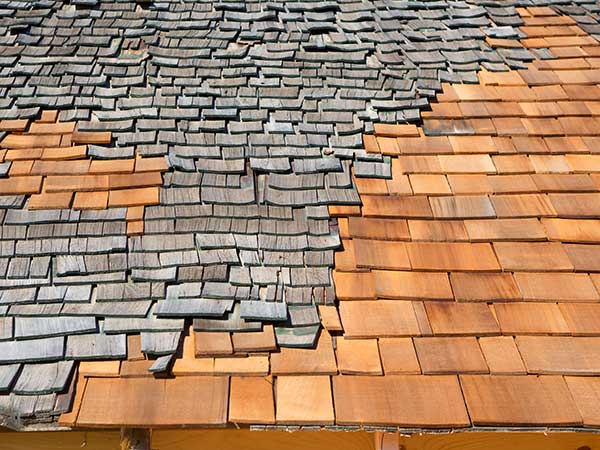Asbestos roof shingles, once a popular choice for roofing materials due to their durability and fire-resistant properties, have left a lasting legacy. However, the use of asbestos in construction materials has been banned or significantly restricted in many countries due to its well-documented health risks. In this article, we will delve into the history of asbestos roof shingles, the potential risks they pose, methods for removal, and alternative roofing options available today.

The History of Asbestos Roof Shingles
Asbestos roof shingles gained popularity in the early to mid-20th century for several reasons. They were known for their remarkable resistance to fire, extreme weather conditions, and pests. Additionally, asbestos was abundant and relatively inexpensive, making it an attractive choice for roofing materials.
These shingles were manufactured by mixing asbestos fibers with cement or other binding materials. This combination created a sturdy, long-lasting roofing product that could withstand the test of time.
The Health Risks Associated with Asbestos
Despite their practical advantages, asbestos roof shingles pose a significant health risk due to the asbestos fibers they contain. When these shingles deteriorate or are disturbed during maintenance or renovation, microscopic asbestos fibers can become airborne.
Inhalation of asbestos fibers is known to cause serious health issues, including lung cancer, asbestosis, and mesothelioma. Even minimal exposure to asbestos can be harmful, and it often takes years for symptoms of asbestos-related diseases to manifest.
The Removal Process
If you have asbestos roof shingles on your property and are considering removal, it’s crucial to approach the process with extreme caution. Asbestos removal is not a DIY project. Here are the steps involved in safely removing asbestos roof shingles:
- Assessment: Begin by having your roofing inspected by a licensed asbestos professional. They will determine the condition of the shingles and whether removal is necessary.
- Safety Measures: The removal team will take extensive precautions, including wearing protective gear and setting up containment areas to prevent asbestos fibers from spreading.
- Wetting the Shingles: Asbestos shingles must be kept wet during removal to minimize the release of fibers. Water helps suppress the dust and keeps the asbestos fibers from becoming airborne.
- Removal and Disposal: The shingles are carefully removed and placed in sealed, labeled containers for proper disposal. The removal team follows strict regulations for handling asbestos waste.
- Cleanup: After the removal is complete, the work area is thoroughly cleaned using wet methods and high-efficiency particulate air (HEPA) vacuums to ensure no asbestos particles remain.
- Post-Removal Inspection: A final inspection is conducted to confirm that all asbestos-containing materials have been safely removed.
Alternatives to Asbestos Roof Shingles
Given the health risks associated with asbestos, homeowners and builders have turned to safer and more environmentally friendly roofing alternatives. Some of the popular options include:
- Asphalt Shingles: These are the most common roofing material in North America. They are cost-effective, easy to install, and come in a wide range of styles and colors.
- Metal Roofing: Metal roofs are known for their longevity and energy efficiency. They are available in various materials, including steel, aluminum, and copper.
- Slate Roofing: Slate is a natural stone material that offers an elegant and durable roofing solution. It has a long lifespan but can be more expensive than other options.
- Clay or Concrete Tiles: These tiles are popular for their durability and aesthetic appeal. They are fire-resistant and come in various shapes and colors.
- Wood Shingles or Shakes: Wood roofing provides a classic look and is eco-friendly when sourced from sustainable forests. However, it requires regular maintenance.
Conclusion: A Safer Roofing Future
Asbestos roof shingles, while once favored for their durability, have been largely replaced by safer alternatives due to the well-documented health risks associated with asbestos exposure. If you suspect your property has asbestos-containing roofing materials, it’s essential to consult with a qualified asbestos professional for assessment and safe removal. Embracing modern roofing options ensures the safety and well-being of both homeowners and the environment, paving the way for a safer roofing future.



Leave a Reply